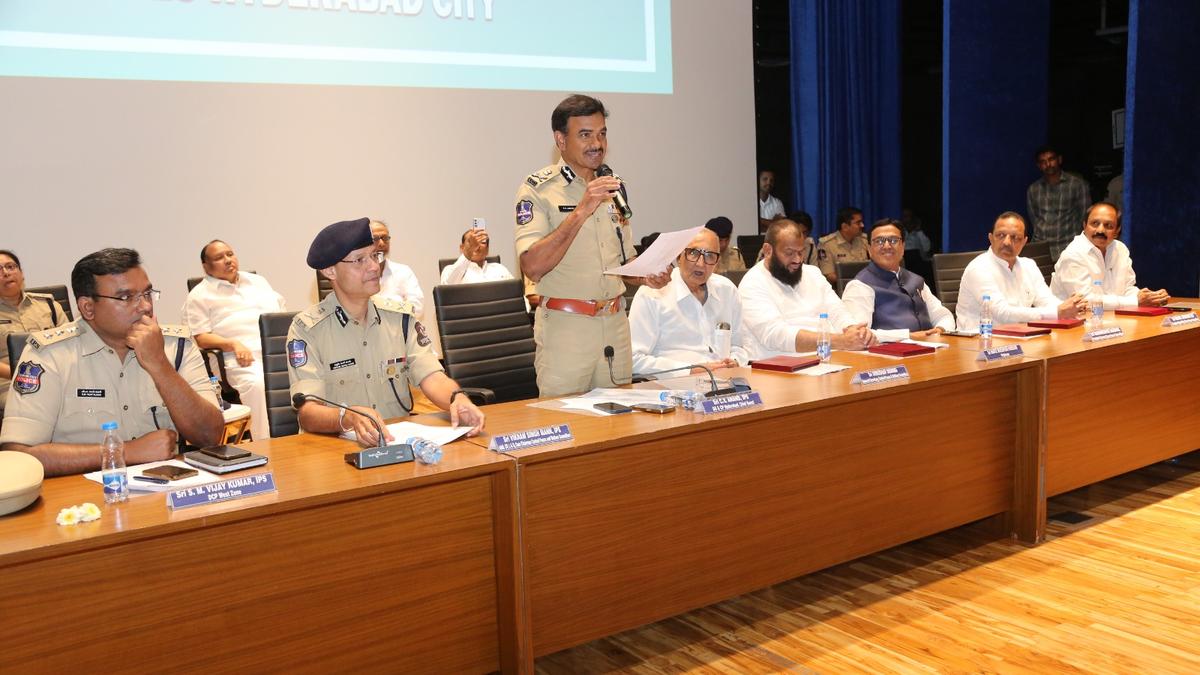A new aviation watchdog with “full autonomy” must be set up in a “time-bound manner” to overcome the “existential threat” facing the country’s aviation safety system due to a staffing crisis, a Parliamentary panel has recommended reviving a decade-old demand two months after the Air India crash in Ahmedabad that killed 269 people.
The Parliamentary Standing Committee on Transport, Tourism and Culture headed by Sanjay K. Jha submitted its report titled “Overall Review of Safety in the Civil Aviation Sector” before Parliament on Wednesday (August 20, 2025) where it underlined that the Directorate General of Civil Aviation (DGCA) was grappling with a 50% shortfall of technical and regulatory personnel with only 553 of the 1,063 sanctioned posts occupied, calling it a “critical vulnerability” at a time of unprecedented growth in the sector such that it left the regulator “not in a position to discharge its duties”.

The report follows a meeting held by the Committee with various stakeholders in the aviation sector on July 9 following the June 12 crash.
“The lack of administrative and financial autonomy is the single greatest impediment to the DGCA’s ability to fulfil its statutory mandate effectively,” the report states, adding that failure to comply with similar recommendations made in the past underline a “systemic inertia in undertaking fundamental regulatory reform.”
The reports referred to are the Naresh Chandra report of 2004 on a roadmap for civil aviation sector and the same Standing Committee’s 204th report on the Civil Aviation Authority of India Bill, 2013, submitted in January 2014.
The Committee, therefore, recommends that the Ministry of Civil Aviation develop a clear and time-bound plan to strengthen the human resource capacity of the aviation safety regulator.
The latest report suggests “full autonomy” through a new regulatory authority that will replace the DGCA by enacting a comprehensive law by analysing the provisions of the Bharatiya Vayuyan Adhiniyam, 2024. It proposes that the Director General be headed and accompanied by a quorum of full-time members “strictly from a technical background within the aviation sector.”

It also categorically mentioned that such an apex authority must not be occupied by retired bureaucrats or secretary-level officers from the Ministry of Civil Aviation which would result in undermining its independence.
The Committee held the opinion that the current recruitment method of relying on Union Public Service Commission was tardy resulting in delays in filling up “critical regulatory positions that require niche expertise”. The second route of deputation from the Indian Air Force too was found to be ineffective as Defense officers were unwilling to join the DGCA because of loss of service benefits and allowances.
As a result, though “it is tasked with overseeing a hyper-dynamic, technologically advanced, and rapidly expanding private industry...the DGCA, in its current form, is not in a position to discharge its duties for which it was established.”
This creates a critical “competency gap,” as the regulator lacks both the quantity and the requisite experience to conduct rigorous and effective oversight.
“The staffing crisis is therefore not merely an administrative problem; it is an existential threat to the integrity of India’s aviation safety system. This foundational weakness is a direct root cause of many of the other systemic issues” such as lack of effective surveillance and inability to carry out rigorous audit, the report notes with deep concern.
The DGCA is a statutory body constituted under the Bharatiya Vayuyan Adhiniyam, 2024 and is an attached office of the Ministry of Civil Aviation. The Civil Aviation Authority of India Bill, 2013, was introduced in Lok Sabha on August 20, 2013 and referred to the Standing Committee on September 18, 2013. It proposed a Civil Aviation Authority of India (CAA) to replace the DGCA, but the Committee in its January 24, 2014 report observed that the former was not significantly different. The Committee had also recommended a comprehensive law for setting up a CAA as well as skilled technical manpower with compensation on par with industry norms.



.png)
.png)
.png)
















 4 hours ago
3
4 hours ago
3








 English (US) ·
English (US) ·